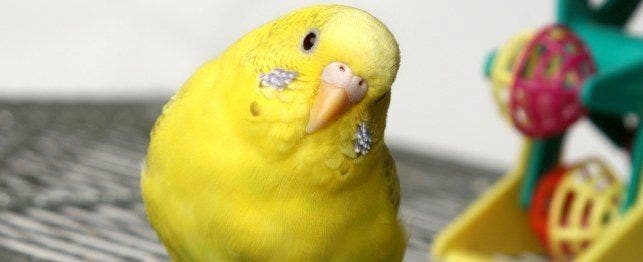
Bird Senses: Understanding Their World
In order to survive, all organisms must rely on their senses to acquire information about their environment. Birds are sensitive creatures and have the same basic five senses we do: sight, hearing, touch, taste, and smell. However, their senses are a bit different because they are custom-tailored for the birds way of life. And like people, sight and hearing are the two most important senses for birds.
Bird’s Eye View of Sight
Vision is important to birds because they rely on their sight to find food, shelter and their mates. Birds can accurately judge distances when flying, landing, and looking for food. Vision varies from species to species.
You’ve surely heard the expression “eagle eye” when referring to someone with keen eyesight. That’s because an eagle can spot food while flying a mile above the earth. It is estimated that predator species, such as eagles, hawks and owls, are thought to have the sharpest vision and may be able to determine details on items two to three times further away than human visual ability.
Physically, bird’s eyes are huge, and large eyes mean a large, sharp image. In proportion to head weight, a starling eye is 15 times the weight of a human eye. Cone cells in the eyes provide color vision and acuity. Some hawk eyes have five times more cones per square inch than human eyes. Eyes of owls and other nocturnal birds are especially densely packed with rod cells to see better in low light.
In addition to a sharper visual field, birds are able to detect movement easily and they can fully interpret a very brief sighting. For people, a brief flash of a picture does not give our brain enough time to process and understand what we see. For birds, this is not an issue.
Some species have eyes on the side of the head, and do not have the best binocular vision. They must move the whole head to look directly from one place to another and to get the full picture. Their depth perception is also lacking. For birds with eyes directed toward the front, such as owls, this is not a concern.
Do You Hear What I Hear?
Despite the absence of obvious ears, birds seem to be able to hear nearly as well as people. Some species, especially predator species, have extremely good hearing ability. For instance, the barn owl can detect, locate, and home in on a tiny mouse by sound alone – from half a block away. Like people, barn owls tell where faint sounds are coming from by measuring differences in how long sounds take to reach each ear. For example, sound coming from your left is louder and arrives earlier to your left ear than to your right.
One of the primary reasons birds do not have earlobes is that most of their time is spent flying. With earlobes, this wind rushing by as the bird flies would result in a difficult time hearing anything. To prevent this, the ear canals are covered only by small tufts of feathers.
Smell and Taste
The sense of smell and taste in birds is thought to be quite poor. One of the few species of birds known to have a good sense of smell is the turkey vulture. These birds are able to smell decaying tissue from great distances. A sense of smell is important for other birds as well. Ocean-wandering birds such as albatrosses, petrels, and shearwaters use smell to find food, nest sites, and perhaps even mates. New Zealand kiwis sniff the ground to find buried worms and grubs in the dark of night. Their nostrils are located near the tip of their long beak. Many birds, however, have a poorly developed sense of smell.
The sense of taste is also questionable. Some researchers believe that birds have a very poor sense of taste, which can be displayed by their persistence of chewing on plastic the same as food items.